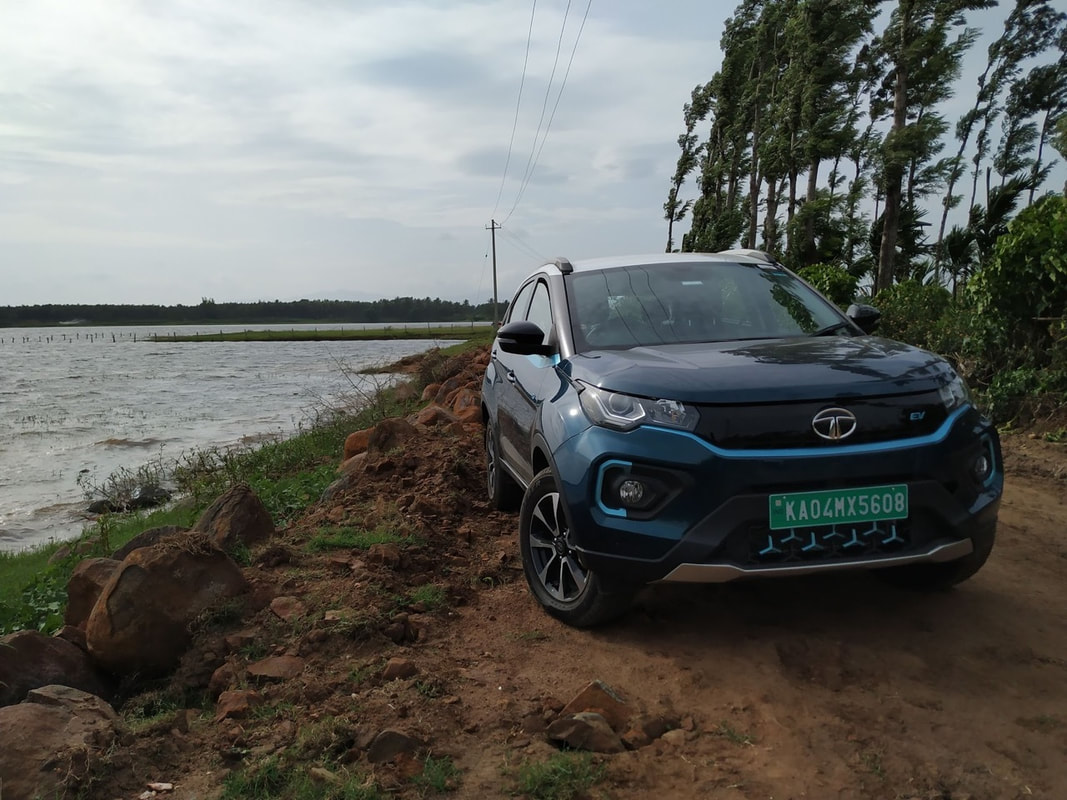It has been almost a year since the Nexon joined his car family. And the story seems to be similar to that of the Disney movie, Toy Story. The Nano and the Cruze are now sulking - as they have hardly been taken out in the last one year. Of course, the boy takes care of his toys - by taking them out for short spins to keep them alive and kicking, but all his love seems to be for this new toy - the Nexon EV.
We got Arun to share his experiences of outstation travels. He has been to Mangalore three times. The first time the stop was at Hassan. The next time he got adventurous and ventured a further 25 km, ending up with just 8% juice left in the battery. Both times he started from Bangalore in the second half - and stayed the night, as the car charged. The trip from Bangalore to Mangalore is good for regen - as there is an elevation drop of more than 1000 m. There is a regen of about 10% in the ghat that climbs down. On the return journey the battery is really stretched. Arun usually does a top up at the bottom of the ghat - as he knows some folks who have a house there. The thumb rule is 2% of battery drain for every 100 m of elevation gain. And this is irrespective of gradient.
Arun Somyaji is a range champ. On one of his recent drives he got a range of 300 km+. After the last software update by Tata Motors, he has seen range improve by 10%. He routinely does drives where his average wh/km is just touching three digits. The secret: using regen when instead of brakes. This works out quite well when you maintain a distance between your car and the car ahead. Goes without saying, downhill ghat sections need to be done without using the brake at all. For the record, our E20s do much better than the Nexons in energy usage, with my better half’s car regularly doing about 65 wh/km, but then the E2O is a much lighter car. His parting advice to EV users: Drive in such a way that Tata Motors should start including the brake pads in the 8 year warranty, that they are giving only on the battery today!




